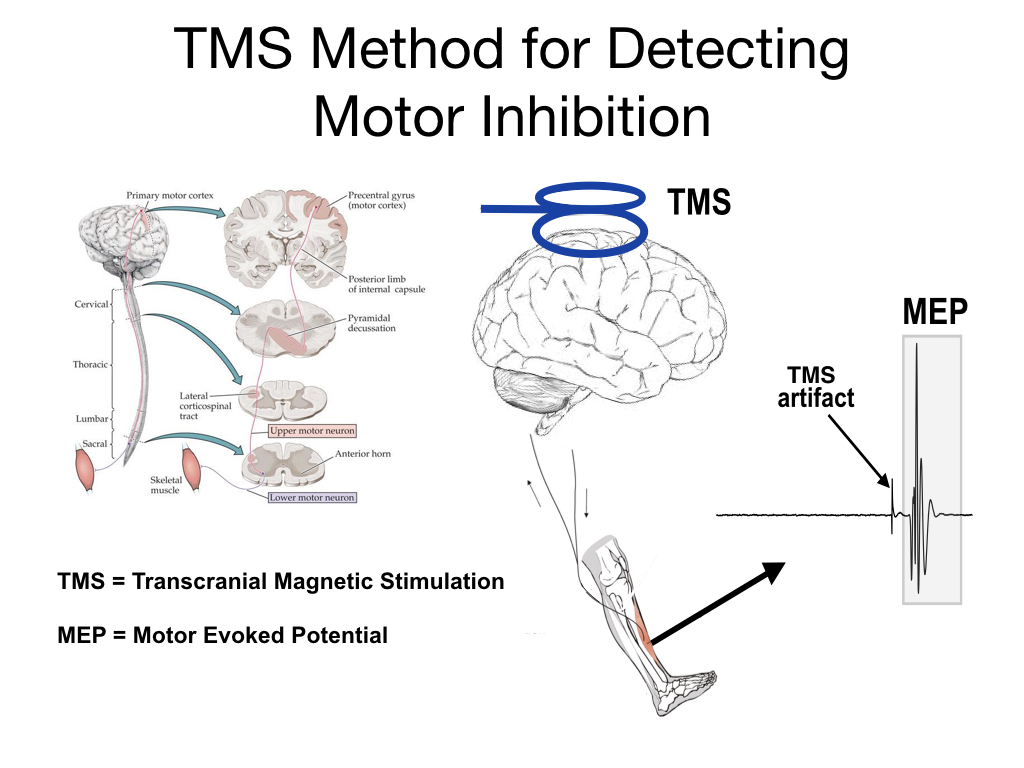Here is a podcast where Ian describes some of the motivation behind our research.

Behavioral Testing
We employ behavioral response tasks, such as the stop signal task and delayed response task, to assess motor performance. These tasks are useful for investigating intrinsic individual differences, disease-related impairments, and changes associated with interventions.
Transcranial Magnetic Stimulation (TMS) & Electromyography (EMG)
We use TMS in conjunction with EMG to probe motor system excitability. This can be done at rest or during performance of the behavioral tasks.


Magnetic Resonance Imaging (MRI) & Spectroscopy (MRS)
To image the brain in vivo, we use a combination of neuroimaging techniques. A key approach in the laboratory involves combining structural information from anatomical MRI with measurements of local concentrations of neurochemicals using proton MRS. For example, we can use an anatomical image of primary motor cortex as a guide for taking local MRS measurements of GABA (an inhibitory neurotransmitter). By combining these neuroimaging techniques, we are able to assess the relationship between brain structures, chemical content, and other measures of behavior and motor system excitability.
